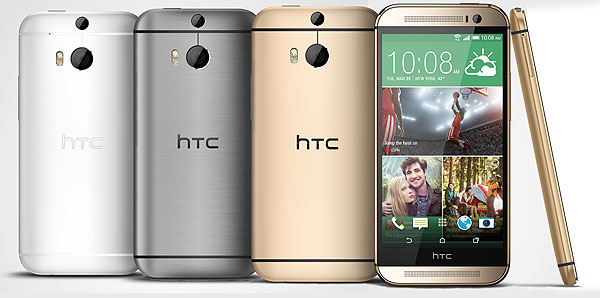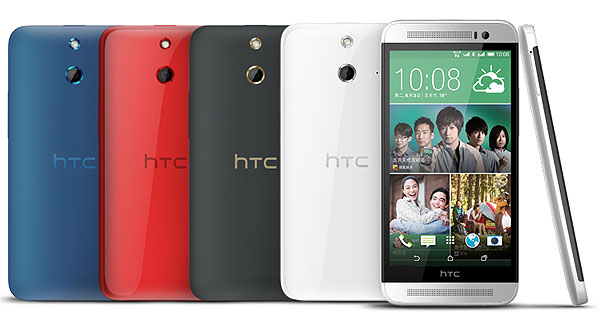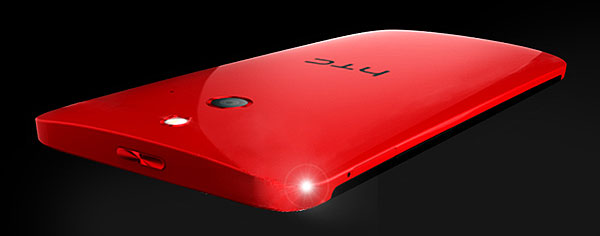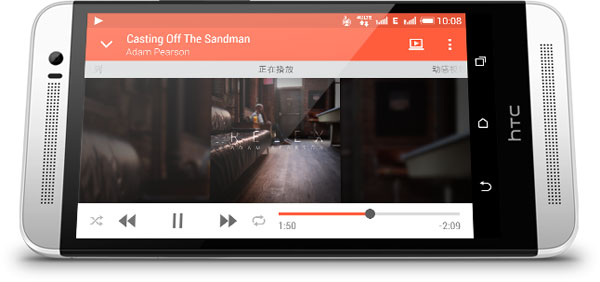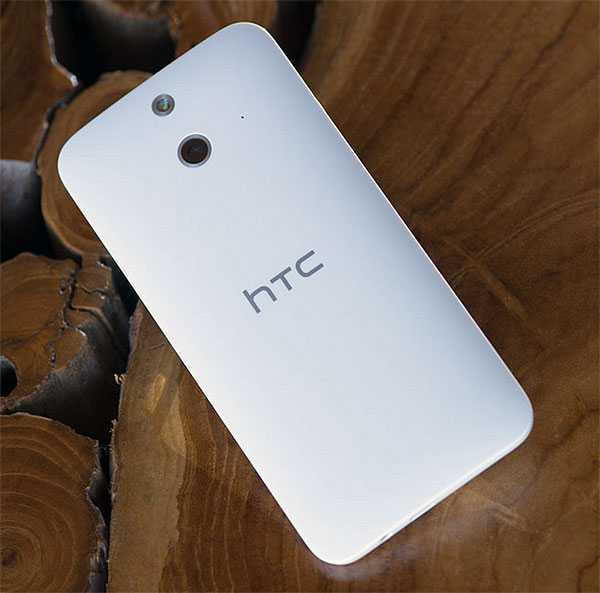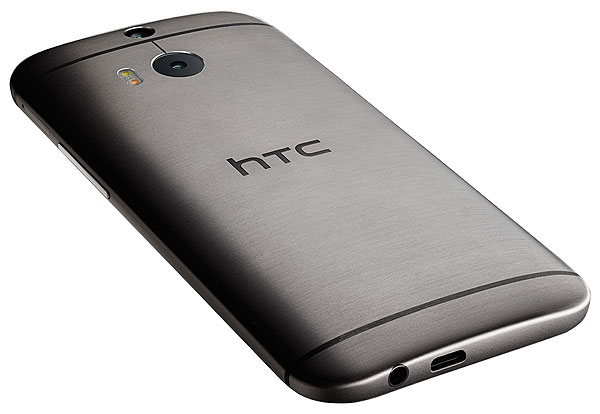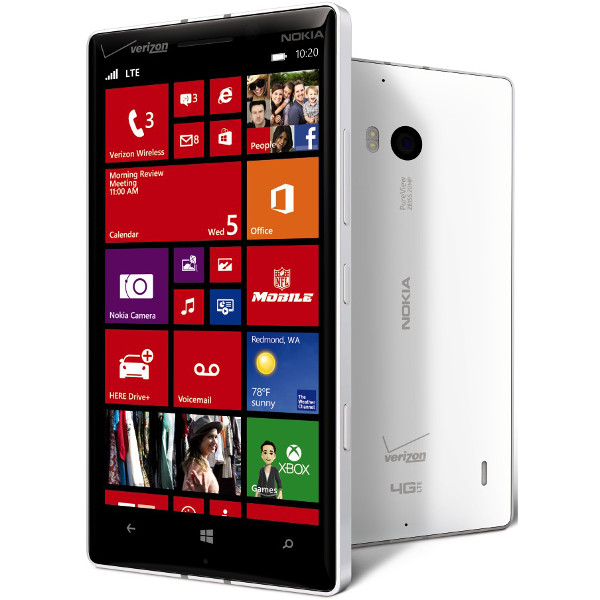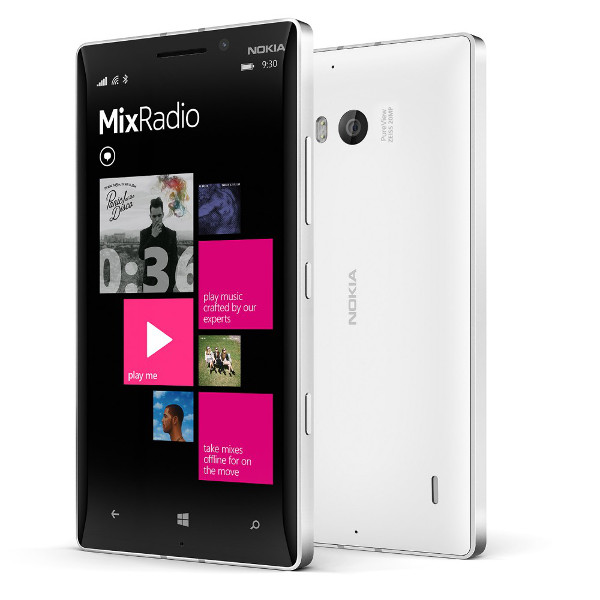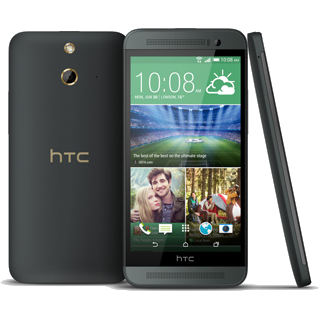HTC One (M8) And One (E8) Review: A Flagship And Its Sidekick
We run HTC's flagship Android smartphone, the One (M8), through our exhaustive benchmark suite. In addition, we take a close look at its less expensive sibling, the HTC One (E8). Both devices are compared and tested against a strong field of competition.
Design, Look, And Feel
As mentioned, the HTC One (M8)'s body is almost completely made of metal (about 90%, in fact). That leaves about 10% plastic, which is necessary in places where metal doesn't work, like the rings housing the antennas.
The premium M8 model is available in three colors with different finishes. Grey sports a brushed metal texture, while silver and gold are accompanied by an anodized look.
HTC's polycarbonate E8, on the other hand, ships in a variety of colors: Maldives Blue, Electric Crimson, Misty Gray, and Polar White.
It's naturally easy to spot the differences between the M8 and E8, then. Aside from their colors and finishes, the M8 has that dual-camera system on the back, while the E8's single sensor is apparent, along with screen glass that partially wraps around the side of the phone body.
The power button is up top, where I prefer to see it, but in a slightly different location on each model. The M8's button is on the right-hand side of that upper edge, leaving room for a hidden IR emitter to enable TV remote functionality. You don't get that feature on the E8, so its power button is centered up top.
On the right edge of both phones you find the volume rocker and nano-SIM tray. Last year's HTC One (M7) employed a micro-SIM tray, so if you're upgrading, you also need a new card. The microSD slot is on the opposite side of the device, also toward the top.
On the front of the phone, you'll find speakers at the top and bottom. There's a front-facing 5 MP sensor at the top-right edge of both models, and a microphone down below. HTC's One (M8) and (E8) do not expose hardware-based navigation buttons like the previous One, but instead rely on Android's software controls.
Get Tom's Hardware's best news and in-depth reviews, straight to your inbox.
Other than the relocated power button, controls and trays are identical on HTC's One (E8). Its back side is naturally different due to the M8's two cameras and dual-LED flash versus the E8's single camera. Moreover, the E8's microphone is on the right side of the image sensor, whereas the M8 has a mic on the left.
The bottom of both models hosts a microUSB port and headphone jack.
Compared to Nokia's Lumia Icon/930, the One (M8) is slightly longer, but also thinner and lighter. For a phone that weighs 160 grams with a 5" screen, HTC's One still surprises me every time I pick it up. It just doesn't convey bulkiness. Rather, the phone is svelte and nimble in my hand, despite sizable dimensions. Of the smartphones out there with 5" screens, HTC's One (M8) is one of my favorites because I never feel encumbered by it.
For as pleasant as I find the M8, HTC's One (E8) sheds even more weight. Its 145 grams will undoubtedly appeal to folks looking to lighten their pockets. As a comparison point, Google's Nexus 5 is specified at 130 grams. The Nexus should also be a proof point that whittling away bulk doesn't necessarily compromise sturdiness. The One (E8)'s polycarbonate chassis doesn't feel cheap. To the contrary, it actually imparts an impression of quality.
Current page: Design, Look, And Feel
Prev Page HTC One: The M8 Flagship And E8 Derivative Next Page Android KitKat And HTC Sense 6 Software TourDon Woligroski was a former senior hardware editor for Tom's Hardware. He has covered a wide range of PC hardware topics, including CPUs, GPUs, system building, and emerging technologies.
-
Heironious The pricing says 1,309.00 for it on Amazon? May as well buy it straight from an authorized dealer for half that. It's a gorgeous phone and I don't regret picking it up over the Samsung S5 (mostly because of the cheap plastic of Samsung).Reply -
LordConrad I love my M8 except for that stupid depth-camera, they should remove it and bring back OIS.Reply -
JOSHSKORN Just stop comparing to the iPhone 5s until a comparable 64-bit chip is released and implemented into Android phones. Until then, the iPhone 5s "appears to be faster" (only on benchmarks) but as many of us know, it justifies buying an iPhone for most users, even though a 64-bit processor in a mobile phone may be pointless (for now).Reply -
CaedenV If I were the android type I would get this phone hands-down. If they released a WP version then I would jump all over it over the stuff Nokia has been pushing out in 2014 so far.Reply
The only 'complaints' that I have are the lack of wireless charging (impossible due to the metal back plate right?), and the lack of a sort of Nokia Glance screen (though other android devices are picking up similar features). The cover seems to bring that Glance functionality... but I really don't like that cover and would rather not. The thing is that with my lowly 920 I have built myself an upright wireless charging stand, and with glance screen enabled whenever the device has access to power, it makes a most excellent clock/notification center. With my 920 approaching 2 years old I am starting to look for a replacement, and as of the moment I am not finding one. WP has seemingly abandoned the high end devices, I am not apple compatible, and Android devices have a lot of really neat features... but then you deal with non-standard UIs and gimmickey software. I really hope something really good comes out before Christmas because the 920 is not getting any younger. -
stevessvt Wow, these benchmarks are, by far, the lowest I have seen for the M8. 27K in Antutu? Was power saver on?Reply -
Avus Holy!! $1300 for a phone.... I am too cheap for that...Reply
I am currently using Nexus 5 and happy with it. If I want to buy a phone now, I may want to get an Oneplus One. -
envy14tpe Great phone but that camera is what holds me back from buying it. So Samsung or Google gets my money, although Apple has the best camera. (However, no Apple..screen wayyy to small...Android flagship phones have been over 4" for 2+ years)Reply -
TeKEffect Me and my friend are both having problems with the usb port. They went cheap on the cheapest part. I would google the problem before getting the one.Reply
